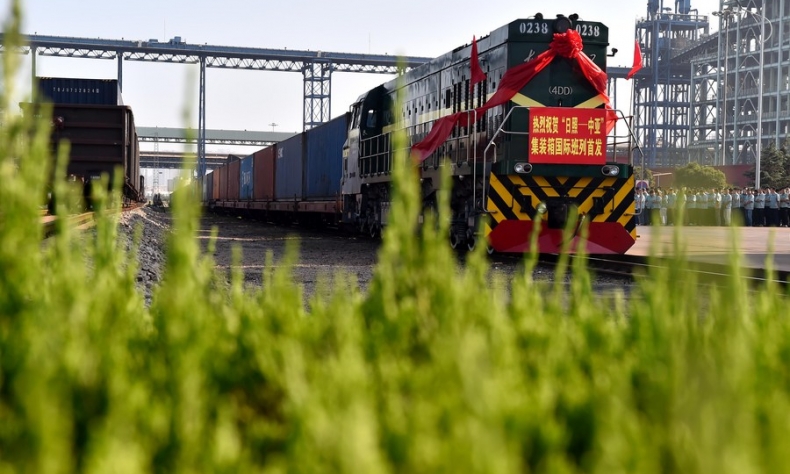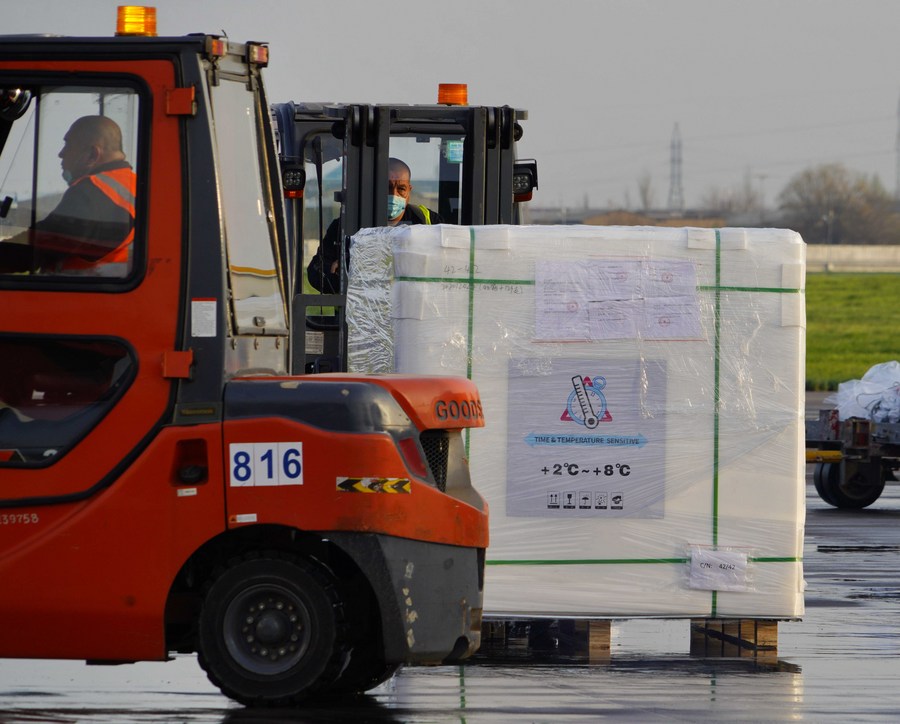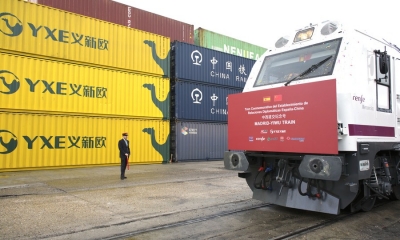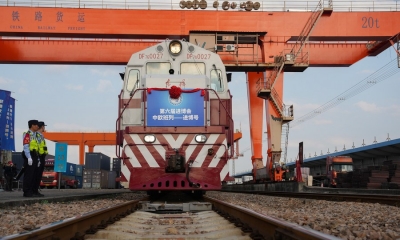Closer China-Central Asia Cooperation to Boost Prosperity

Deepening cooperation between China and the Central Asian countries can benefit the people in the region and improve their livelihoods, thereby contributing to stability and prosperity in the Eurasian continent and the world at large.
The year 2021 marked 30 years since the establishment of diplomatic relations between China and the five Central Asian countries, namely Kazakhstan, Kyrgyzstan, Tajikistan, Turkmenistan, and Uzbekistan. In commemoration of the anniversary, the leaders of the six countries held a virtual summit marking the occasion on Tuesday. During the meeting, China said that it is ready to work with the Central Asian countries in building a closer community with a shared future. Furthermore, China has called for closer cooperation with Central Asia on various occasions with the aim of boosting the economy and trade and maintaining regional peace and security.
The principle of “regionalism” underscores China’s relationship with Central Asia. The principle recognizes the structural need to maintain a close working relationship with neighboring states due to overlapping and interdependent common interests, which cannot be resolved by unilateral or domestic policies alone.
After the dissolution of the Soviet Union in December 1991, Central Asian countries had to deal with unprecedented headwinds in terms of social and economic development due to the collapsed unified market and challenging security situation. Given such circumstances, China and Central Asian countries decided to cooperate in various areas under the principles of mutual benefit and to achieve win-win results.
Over the past 30 years, China and the five Central Asian countries have respected each other’s sovereignty and development paths and fully considered their core interests and concerns. As a result, their bilateral relations have become even closer, creating a favorable environment for development.

As the region’s largest economy, Central Asia has a significant stake in China’s economic success. The Chinese market has become the most important export destination for their goods. It thereby has become their most vital critical inbound supply chain too. The Belt and Road Initiative has, in addition, become a gamechanger for investment and trade transit through their countries. China’s cooperation with these countries, especially on infrastructure, has created a massive opportunity for these countries to escape the geographic limitations of being landlocked and integrate themselves more deeply into the global economy.
It is no surprise that a great deal of the meeting discussed how to move forwards on this, with China putting forward a series of proposals on how the two sides should continue their friendship and cooperation to strive for the common welfare of their peoples. China has pledged to increase its annual trade with these countries to $70 billion by 2030. In addition, China also announced it would provide grants of up to $500 million to Central Asian countries to support livelihood programs and over 1,200 scholarships. This announcement echoed its Global Development Initiative, which aims to tackle global risks and challenges jointly and advance the UN’s 2030 Sustainable Development Agenda. In conjunction with this, cooperation on the pandemic is also a critical factor of regional cooperation, with China pledging an additional 50 million doses of COVID-19 vaccines during the meeting.
China’s relationship with Central Asia is multidimensional based on the necessities of regional cooperation. All countries involved share integrated economic and security interests, which mandates a predictable, stable, and prosperous relationship. As a result, deepening cooperation between China and the Central Asian countries can benefit the people in the region and improve their livelihoods, thereby contributing to stability and prosperity in the Eurasian continent and the world at large.
 Facebook
Facebook
 Twitter
Twitter
 Linkedin
Linkedin
 Google +
Google +







